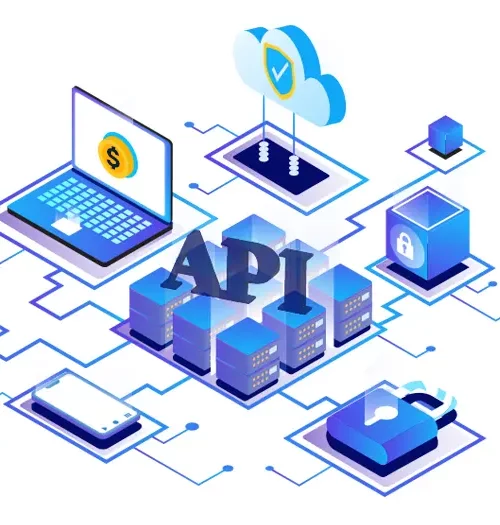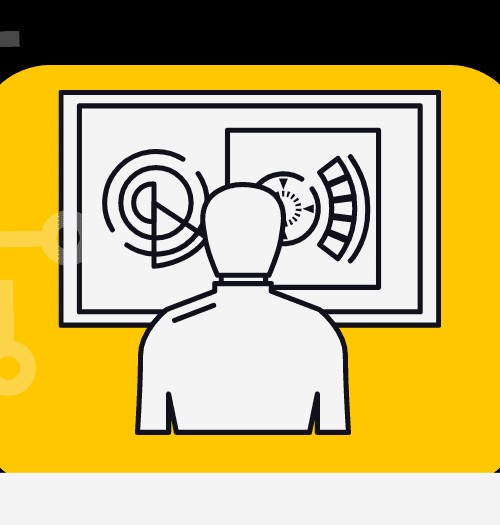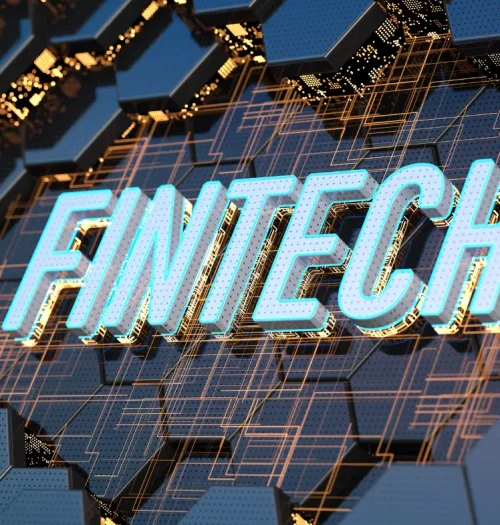
Related Post

Why Should Your Lending Business Get Api-Fied: A Comprehensive Guide To Understanding Lending APIs
47,40,00,00,00,000! Counting the zeros? Let’s simplify it.INR 47.4 Lakh crore. That

5 Important Finance Lessons for Entrepreneurs
It's that time of the year where people flood your

How FinTech Is Transforming Microfinance Institutions In Australia
Donna Cleeland from Australia was a single mother to three

